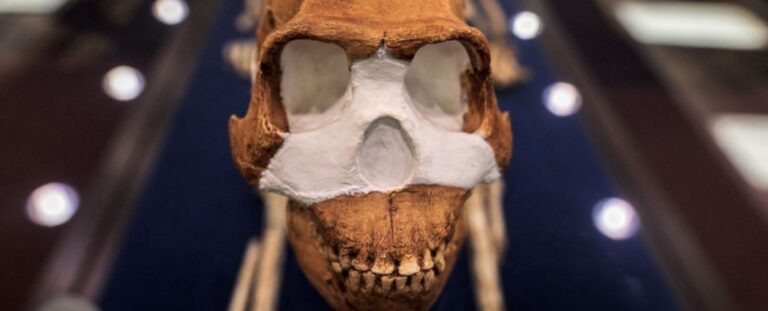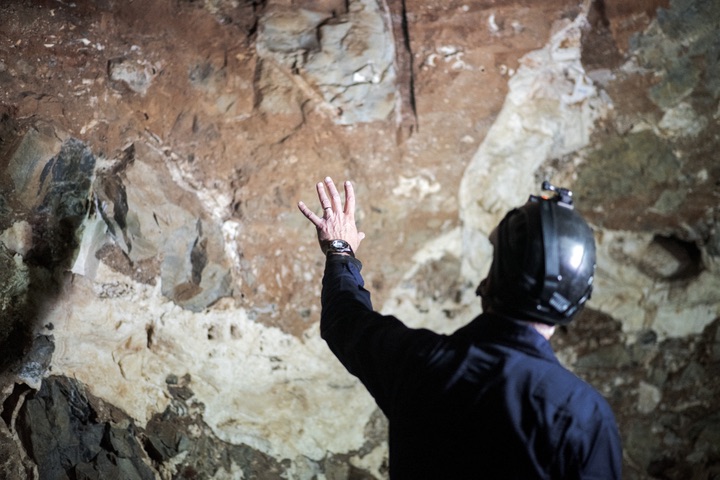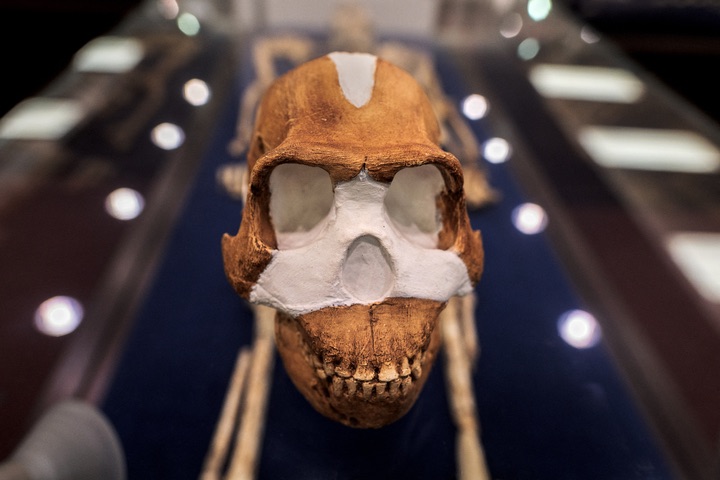South African paleontologists have announced the discovery of the world’s oldest known burial site, which contains remains of a small-brained human relative previously believed incapable of complex behavior. Led by renowned paleoanthropologist Lee Berger, the team uncovered several specimens of Homo naledi, an ancient human ancestor that lived during the Stone Age and climbed trees.
These remains were found buried deep in a cave system in the Cradle of Humankind, Johannesburg. This discovery is remarkable because it predates earlier evidence of hominid burial rituals, suggesting that Homo naledi performed burials over 100,000 years before Homo sapiens developed this behavior. This challenges traditional views on human evolution, which linked the development of larger brains with sophisticated activities like burial rituals.

Prior to the recent discovery in South Africa, the oldest known burial sites containing Homo sapiens remains, dating back about 100,000 years, were found in East Africa and the Middle East. Lee Berger’s team discovered a more ancient burial site in South Africa, dating back to at least 200,000 BC, containing remains of Homo naledi.
This primitive species, which stood about 1.5 meters (5 feet) tall and had brains the size of an orange, existed at the dawn of human evolution. The discovery challenges the belief that complex cultural behaviors, such as burying the dead, were unique to anatomically modern humans.
The discovery of Homo naledi, a species characterized by curved fingers and toes, skilled hands for tool use, and feet adapted for walking, challenged the notion of a linear evolutionary path to Homo sapiens.

Named after the cave system where its first bones were discovered, Homo naledi had an oval-shaped burial site with at least five deliberately interred remains, indicating that mortuary practices were not exclusive to hominins with larger brains. Researchers believe that Homo naledi also exhibited potential for complex emotional and cognitive behavior, as suggested by additional findings.
In addition to the burial site, geometric engravings, including a rough hashtag figure, were found on the smoothed surfaces of a cave pillar. This suggests that humans were not unique in developing symbolic practices and were not the first to invent such behaviors.
These claims might spark controversy in paleontology, as Lee Berger has previously faced criticism for lacking scientific rigor and making premature conclusions. Despite this, Berger’s findings indicate that Homo naledi’s capabilities extended beyond what their brain size would suggest, supporting his 2015 discovery that their potential was not solely dependent on brain size.
The researchers behind the discovery believe that these findings “alter our understandings of human evolution,” though they acknowledge that further analysis is required. Co-author Agustín Fuentes, an anthropology professor at Princeton University, suggests that the capabilities of Homo naledi, such as burial practices and artistic behavior, indicate that these complex behaviors may have existed long before modern humans.
Carol Ward, an anthropologist at the University of Missouri who was not involved in the research, anticipates the peer review process and notes that if confirmed, these findings could be highly significant. While the paper mentions that the cave markings may not have been made by Homo naledi, Ward emphasizes the importance of considering all possibilities and investigating the context of the remains.
